Poverty & Disability Reinforce Each Other
Poverty and disability reinforce each other, contributing to increased vulnerability and exclusion.
Globally, children who are poor are more likely to become disabled through poor healthcare, malnutrition, lack of access to clean water and basic sanitation, dangerous living and working conditions. Once disabled, they are more likely to be denied basic resources that would mitigate or prevent deepening poverty due to the lack of shared resources available offered by public organizations. And research suggests the outlook is no different for adults. (1)
Similarly, in the US, poverty and disability go hand in hand. If you have a disability in the U.S., you're twice as likely to be poor as someone without a disability.
Employment is a huge challenge for people with disabilities. Fewer than 1 in 5 disabled adults are employed. The American with Disabilities Act banned discrimination in hiring practices but this doesn’t mean that discrimination has ended.
Those that are hired still face great accessibility challenges. For example, buildings constructed prior to the ADA often do not have door automation. While the standards in the bill highly recommend automation of exterior doors, it's not required. You can imagine how difficult this may be for an employee that uses a wheelchair.
In addition, workplace discrimination, particularly in the hiring process, is far from over.
"Employers are scared to hire us," says Debbie Eagle, who was born blind, "because they don't know what kind of accommodations we require. And if they don't meet what we consider to be reasonable accommodations, they're afraid we'll sue them." (2)
As previously mentioned, lack of access to public resources also brings further challenge to a person with a disability trying to climb out of poverty. The 1990 ADA bill intended to ensure equal opportunity in government services and public accommodations, commercial facilities and public transportation (2), however, recipients often face incredibly long waits and less than satisfactory results, if any, with these resources. Important tasks, such as finding a job, or even going grocery shopping are seemingly impossible.
Where there is poverty, there is disability also. We encourage churches to work with one another as they walk alongside people struggling with these issues. Our prayer is that this intersectional look at poverty and disability would foster profound empathy and a Holy Spirit-rooted humility.
For more on topic, watch the three videos titled “Jesus and The Margins” at thebanquetnetwork.com/media
